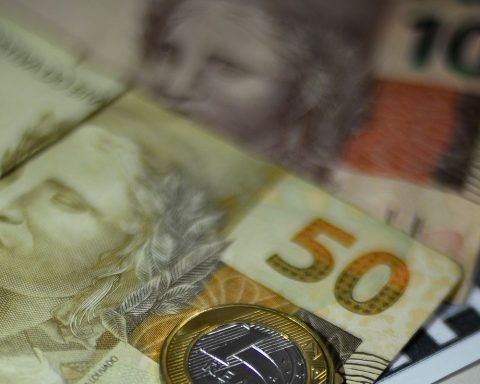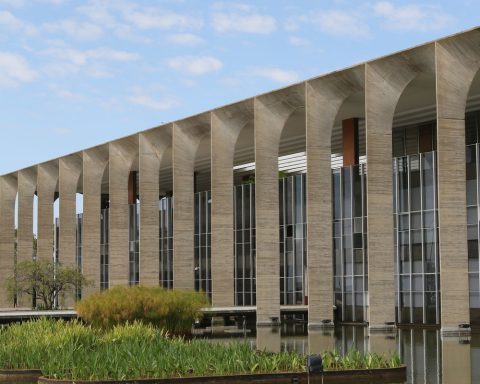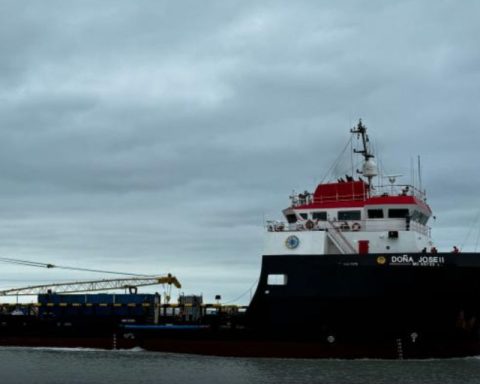A small palace, located in the central region of São Luís, will be transformed into a cultural and tourist hub in the capital of Maranhão, promoting the generation of jobs and strengthening the production chain of the local economy. The restoration of the building will have non-refundable financial support from the National Bank for Economic and Social Development (BNDES) in the amount of R$ 9.5 million, with resources from the Cultural Incentive Law, corresponding to 64.7% of the total investment.
The initiative is part of the Resgatando a História Program. The partner for the execution of the project will be Instituto Pedra. According to the BNDES, through its press office, the rest of the resources will come from the municipality, the Institute of National Historic and Artistic Heritage (Iphan) and partner companies in the program.
In addition to the structural recovery works, heritage education and integration of surrounding communities are planned, with a view to increasing the potential for income generation and cultural identity. After the completion of the intervention, the property will also host the Municipal Department of Tourism. The newspaper’s headquarters was located there. the impartialwhich began to circulate in 1926.
The restoration will allow the mansion, located on Rua Afonso Pena, formerly Rua Formosa, to be transformed into a hub for the population and tourists, serving more than 8,400 visitors annually. There will be information available and guided tours will be organized, as well as a permanent exhibition on the building and its history, as well as on tourist attractions on the island of São Luís, with an auditorium, viewpoint and performance space.
Accessibility measures for people with reduced mobility are also foreseen, such as the installation of access ramps, elevator and adapted restrooms, in addition to expographic content in Braille, development of audio guides and subtitling of audiovisual content.
highlights
The restoration process will highlight the historical, cultural and architectural features used in the reconstruction of Lisbon, after the earthquake of 1755, in the region that today is called Baixa Pombalina. The property is one of the few examples of traditional Portuguese architecture in São Luís that still preserves almost, in its entirety, this constructive system, with wooden cages filled with stone/clay mortar.
The building integrates the architectural, urban and landscape set of the city of São Luís, within the perimeter protected by the laws for the protection of cultural heritage at the state (Department of Artistic and Landscape Historical Heritage of the Superintendence of Cultural Heritage – DPHAP/SPC), federal ( IPHAN) and worldwide (United Nations Educational, Scientific and Cultural Organization – UNESCO).
The project aims to stimulate the generation of employment and local income by strengthening tourist circuits and the production chain of the local cultural economy. During the implementation of the project, 73 new jobs will be created and, after its conclusion, 62 direct and indirect jobs related to the maintenance and operation of the palace should be generated.

















